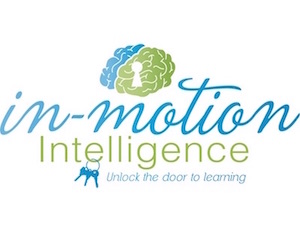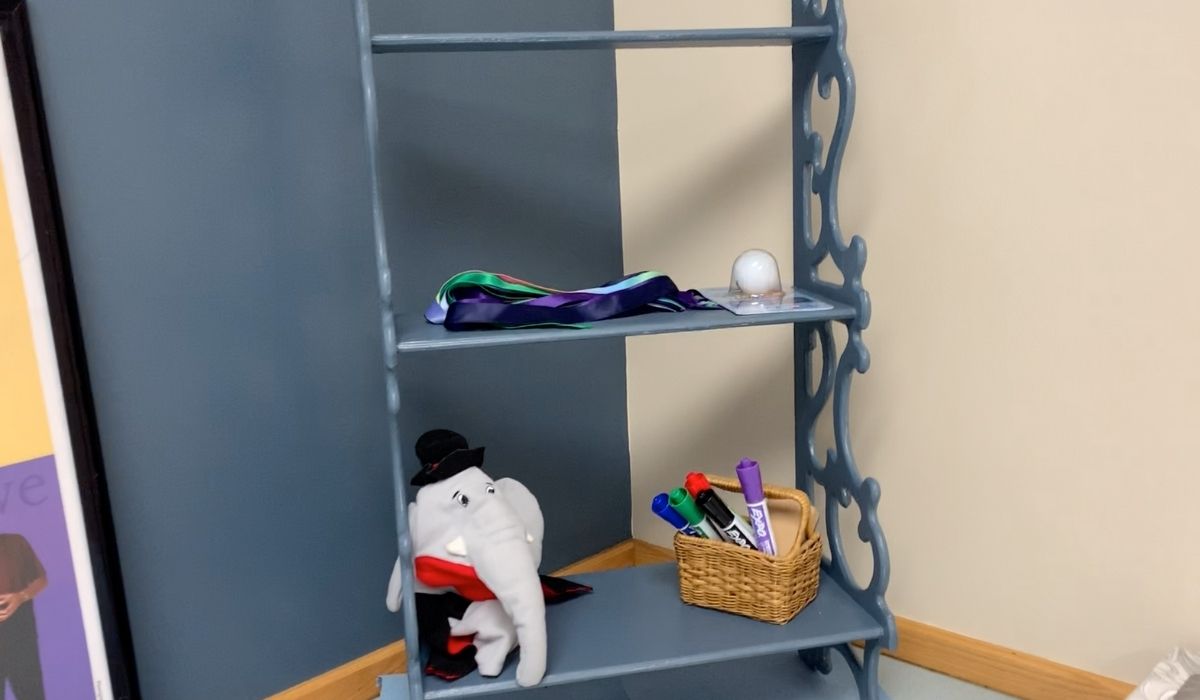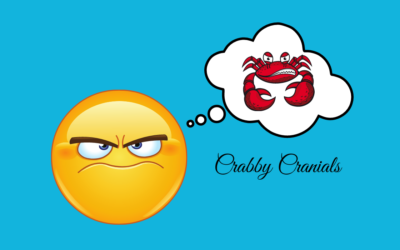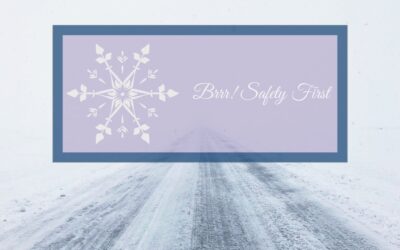She requested help with a mysterious laundry list of random physical, mental and emotional symptoms. Um….I work in 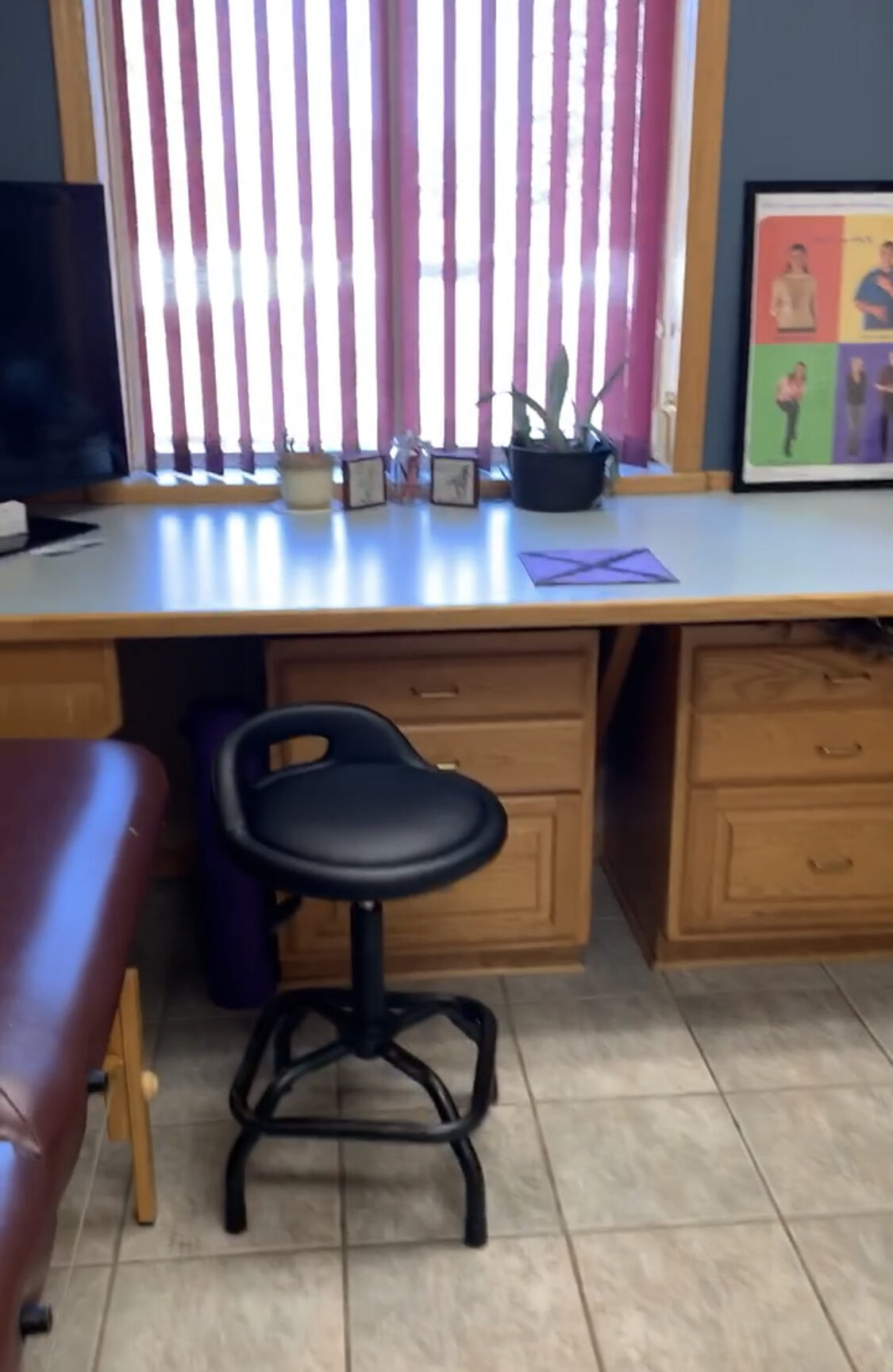 an educational model; I am not in the medical field.
an educational model; I am not in the medical field.
In the end, I agreed to facilitate a session with this client. After all, I moved to a new office space the beginning of 2020; Covid-19 closed things down before I scheduled clients. I was filled with anticipation to use this space for something other than online teaching. With the client’s permission, this is a peek into a session with me.
Teamwork.
Client arrives. The person who referred her suggested working at the reflexive level first, specifically Asymmetrical Neck Tonic Reflex (ATNR) and Moro Reflex.
We began with ATNR, using Masgutova Neurosensorimotor Reflex Integration (MNRI). We checked leg lengths with head straight ahead, head to each side with limbs flexed opposite and also same side. The leg lengths were uneven, which validated client’s feeling of lopsidedness while moving. We also checked the “teapot” stance of some abdominal muscles and noticed recruitment up the entire body and even down into the forearms. This affirmed it was important for some re-education of the developmental movement patterns related to the ATNR reflex. We proceeded. In the end, the client’s leg lengths were even throughout all of the checks and the teapot was able to remain stable without recruiting arms, neck, and shoulders.
From a physical perspective, the “teapot” quadratus lumborum muscle is about core postural stability; my client is struggling with physical, mental and emotional stability. It can also be related to the large intestine meridian according to Traditional Chinese Medicine (TCM). I resourced the Touch for Health (TFH) manual to share the related metaphors about “letting go” and to check the other related muscles. The hamstrings were ok but there was intense tenderness outside the knee. Client massaged the neuro-lymphatic points related to the large intestine.
The client assured me we were NOT finished; she laid down pointing to her neck. I gently cradled her head while her neck muscles twitched and shifted under my fingertips.
Getting Your Motor Going
Working with a client is a constant dance between two people. Fear reflexes were in the client’s mind. I listened. But I wasn’t hearing Moro Reflex, yet. Instead, my mind directed me to the more primitive Fear Paralysis Reflex (FPR). I guided her through passive Rhythmic Movement Training (RMT) and then showed her how to get her own motor going with active RMT. It was really fascinating to watch her motor plan for moving rhythmically on all planes (side to side, front and back, top and bottom). Her body was really “trying” hard to start the motor; the preference is for the motor to be an auto-start. Aha, we found the learning opportunity!
Closer to the finish line based on the client’s newfound playfulness, we proceeded to the Achilles tendon, which she noticed was super tight when I touched the backs of her ankles earlier. This tendon ties back to the ATNR and the uneven feeling in the legs. It also relates to the Tendon Guard Reflex (TGR), which holds us back when we perceive stress. I massaged the back of the ankle all the way to the tender spot outside the knee. Audible moans and groans of “just right.”
And then it was time… she was ready. She chose the Moro reflex activity. Lying on her back with arms and legs extended, she curled and crunched into the midfield to hug herself. Six times. Breathless. Laughing. She was “getting it.” She was now complete.
Lasting Effects
As the facilitator, seeing a client come in with head hung low and feet dragging physically and emotionally is hard. However, it’s all worth it an hour later when they bound off the massage table with eyes shining and smiling ear-to-ear.
The report is that upon getting home, the client leapt out of the vehicle and proceeded to spend the afternoon focusing on her priority list and checking items off that list. With joy!
Days later, the effects have continued. She is:
- getting @#$! done
- taking an active role in her own healing
- continuing with the active RMT movement patterns
- lengthening the back of her body
- enjoying the release of the “down and out” feelings
Whether a client presents with physical, mental or emotional issues, it doesn’t matter. As a kinesiologist, I begin and end with the physical. The educational model shines a light on the client’s innate intelligence, on her current homeostasis. This heuristic approach illuminates the next appropriate step.
The Dance Has No Preview
I trust you enjoyed this peek into a private session. One can never fully prepare as it is a spontaneous dance with a surprise music genre every. Single. time. Will the client benefit from Educational Kinesiology/Brain Gym®? Touch for Health? Rhythmic Movement Training? Masgutova Neurosensorimotor Reflex Integration? This session reminded me how much I enjoy the unexpected and celebrating the positive changes with each client! Contact me about a session: cindy@in-motionintelligence.com.
PS Google is your friend to learn about any of the strategies listed above.
